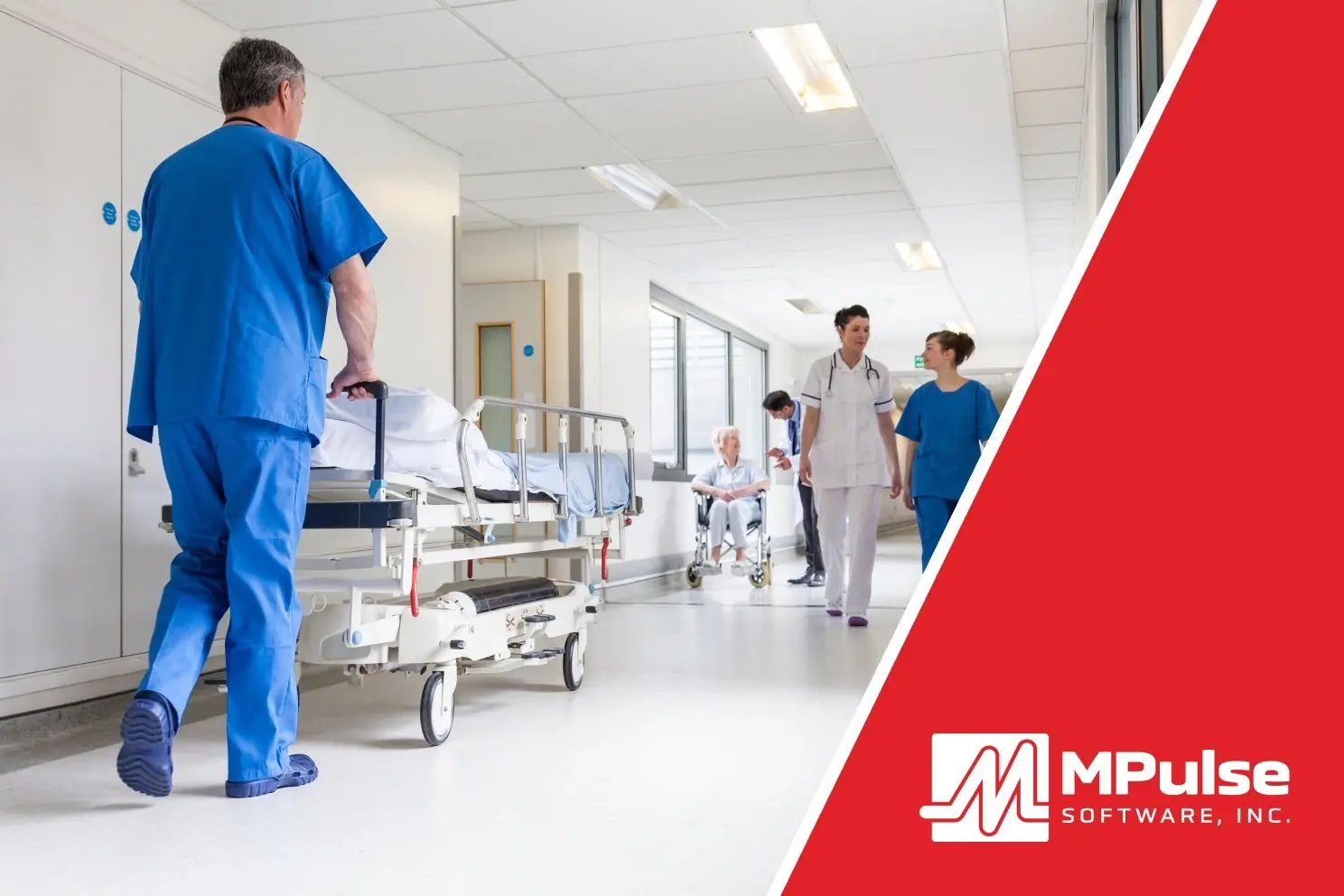Healthcare operational costs remain a primary concern for the industry, which already has felt the squeeze of economic and regulatory pressures.
Organizations in healthcare spend a lot of time and money on maintenance, including outsourcing, parts, supplies, and internal labor. However, fragmented information and responsibilities in facility management can compound the challenges.
Consolidating that data and centralizing the authority can help manage costs. Using CMMS for healthcare operational costs can help organizations proactively manage facility maintenance, including work orders, asset management, inventory and supplies, and labor costs.
The use of healthcare CMMS benefits more than just the maintenance team, however. Proactive maintenance also promotes safety and patient care, which helps your entire organization.
How CMMS Helps Lower Healthcare Operational Costs
Healthcare facility maintenance software enables organizations to manage maintenance for critical assets, while also meeting government regulations and safety requirements. Many MPulse customers find cost reductions with CMMS in healthcare facilities, particularly through the following six features.
#1: Preventive Maintenance
Preventive maintenance (PM) is scheduled maintenance performed to reduce the risk of equipment or asset failure. CMMS generates a schedule of tasks based on time, operating hours, or part condition, making it easier to follow manufacturer guidelines. These scheduled inspections help identify issues before they become serious.
With preventive maintenance for healthcare facilities, equipment is properly calibrated and lubricated when necessary, leading to better efficiency, lower energy consumption, and fewer failures, thus extending their lifespan. Regularly performing PM tasks ensures assets are well-maintained, helping organizations avoid serious problems caused by neglect and delaying more expensive maintenance.
#2: Inventory and Supplies Control
Implementing inventory management through CMMS offers the fastest return on investment (ROI) for your organization. It frees up a significant portion of your capital tied up in the stockroom and leads to substantial time and cost savings. CMMS enhances tracking, stocking, ordering, and inventory processes, preventing wasteful situations like parts shortages, lost items, or duplicate inventory. You can optimize stocking levels, reorder points, storage locations, and supplier information.
Moreover, CMMS enables tracking different units of measure for a single inventory item, simplifying identification of needed parts for specific equipment during emergencies.
By streamlining inventory management, CMMS helps save valuable time and money. It empowers your team to make cost-efficient decisions by ensuring critical data is readily available.
#3: Work Order Management
CMMS software streamlines maintenance management by allowing managers and technicians to create, update, and oversee service requests. It ensures high-priority tasks are prioritized while preventing lower-priority work from being overlooked. CMMS also enables your maintenance team to receive work orders from multiple sources, including service requests, manual entry, or automated schedules. It also can automate schedules for both employees and contract workers.
By centralizing maintenance data, CMMS improves response times and completion rates, providing better access to historical information and critical details. It helps eliminate lost information between shifts, reduces confusion and errors, and links work order information to asset details and technician repair notes. Additionally, it tracks personnel and vendor costs, links external media files for easy management and accessibility, and allows you to check the status of work orders easily.
#4: Data-Driven Decision Making
Data-driven management means making decisions based on reliable data to improve hospital asset management. Advancements in technology have provided access to more detailed and relevant data, offering increased opportunities to enhance organizational performance at all levels and departments. CMMS serves as a powerful tool for gathering, analyzing, and reporting data about equipment and teams, enabling evidence-based decision-making instead of relying on perceptions or assumptions.
The strength of CMMS data lies in the ability to answer important questions for your department and the entire organization. For instance, you can determine if it’s more cost-effective to repair or replace a forklift, assess the need for additional staff to reduce overtime costs, or identify the largest repair parts expenditures. Furthermore, CMMS data accumulates over time, allowing you to ask new questions that you may not have considered initially.
#5: Regulatory and Safety Compliance
CMMS software enhances workplace safety and worker protections in healthcare facilities by identifying and eliminating hazards, thereby preventing injuries and illnesses. It ensures compliance with inspections, audits, and regulations, avoiding last-minute scrambles. CMMS also helps organizations provide understandable hazard information to workers, including labels and safety data sheets. It also tracks safety training, ensuring compliance with OSHA requirements.
With CMMS, you can easily track health and safety data, monitor employee training, and receive automated alerts for expiring certifications. As a result, your team can prevent potential risks from being overlooked before outside auditors intervene. CMMS data also provides comprehensive records, avoiding regulatory citations and fines. Moreover, the software automates much of the documentation process, saving time and allowing quick access to information.
#6: Mobility
Mobile CMMS can help healthcare facilities save time by providing information about the maintenance professional’s location, offer real-time work requests to save time, and eliminate the need for paper-based work orders. Mobile CMMS technologies also increase labor productivity since techs can access work orders, documents, and photos straight from their mobile device.
Maintenance happens in the field, so techs benefit from an adaptive interface that makes it easy to access work orders and make updates wherever they are, without stopping by the office or needing to find a computer. Look for an application that works wherever you need it to, whether it’s on a desktop computer, a laptop, a smartphone, or a tablet.
CMMS Reduces Healthcare Operational Costs
Using CMMS for healthcare operational costs provides a clear understanding of your organization’s performance and identifies areas for improvement. That saves your team time and money, while also keeping your facility running smoothly.
Have questions? Contact us. We’re here to help.


